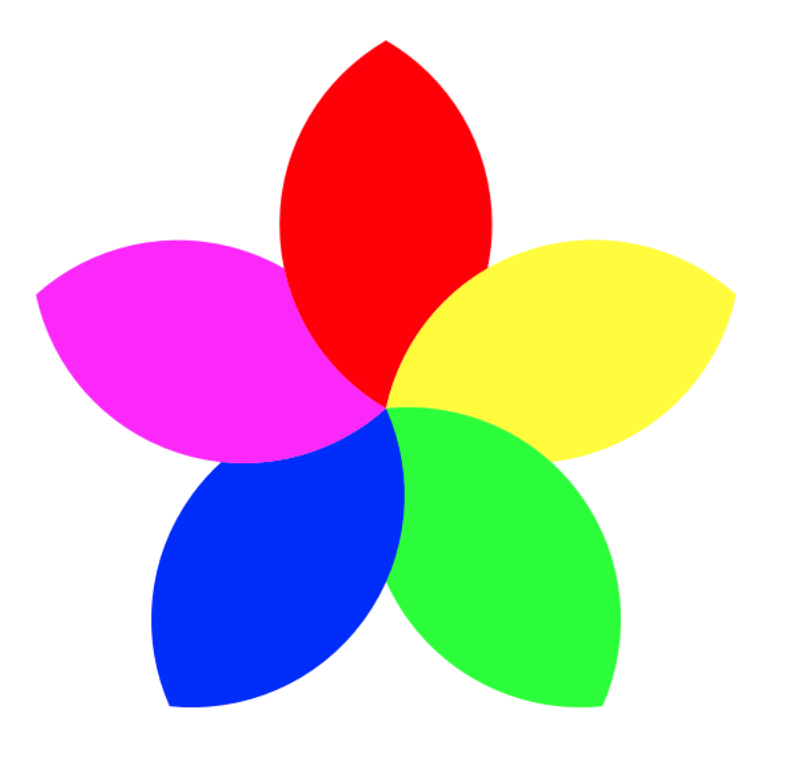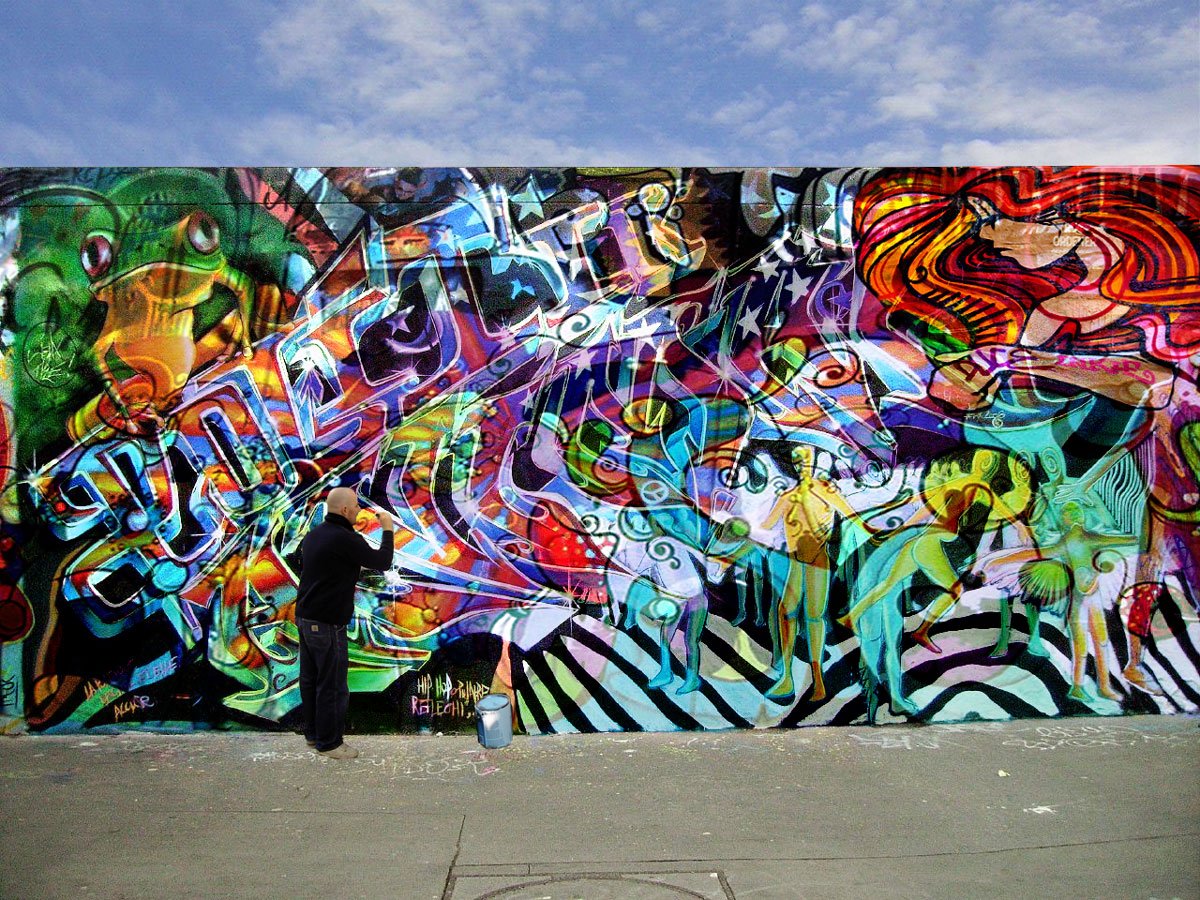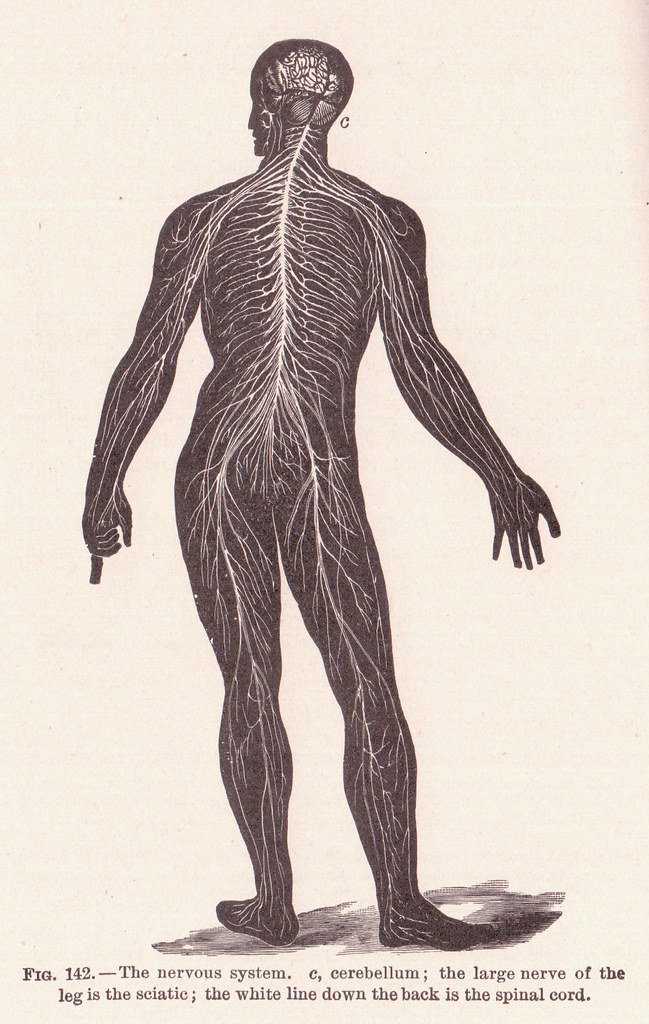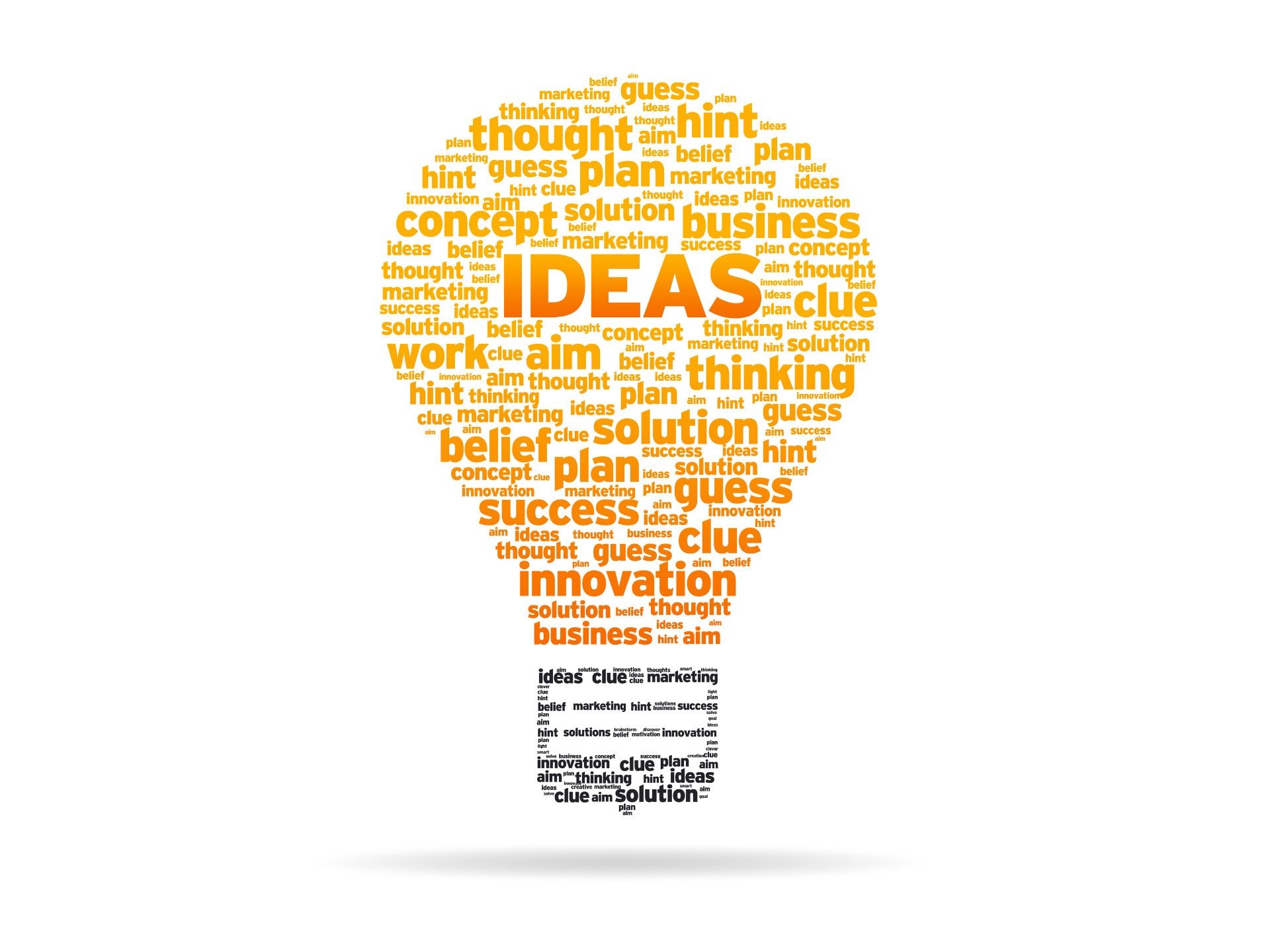ISOMA
-The map is not the territory…
but good maps do help us to discover and understand it.
Special Thanks to Organic Intelligence™ for creating the ISOMA Framework
We all have a host of maps and concepts that help us to understand ourselves, and they all have their own uses. For this post, I’d like to share one map that may help to deepen your experience of living and to help change certain life and attentional patterns for the better. My hope is to introduce the framework just enough to make it clear and give you ideas, while keeping it general enough that you will explore it for yourself and deepen it in whatever ways work best for you. It’s also important to mention the vitality and beauty of cultural diversity in the human community and to note that this map is just one tool offered from a particular lineage of cultural views.
The ISOMA framework separates the personal experience into 5 channels: Image (the imagination or mind’s eye), Sensation (physical feelings within the body), Orientation (connection to the outside through the five senses), Meaning (thoughts), and Affect (emotions.) Personally and professionally, I choose to work with this framework because it is based completely on the person’s experience. Every channel is just a way to describe what you are directly experiencing from the inside. This is different than getting objective feedback. Objective feedback in life can be very helpful for many of us: getting test results from your doctor or having someone observe something about your behavior that you weren’t noticing can open up doors for wellness and positive change. That said, I prefer the ISOMA map because the direct, personal experience completely orients you to what is happening uniquely for yourself. It focuses you sovereignly on “my mind, my experience as it is.” Focusing here can be a place of real agency and empowerment.
In truth, everyone is a complex system of a bunch of things happening all at once and all interrelating with each other. The 5 channels of ISOMA are always there in your experience. However, wherever the attention focuses, that channel will be more prominent. Some people liken attention to a spotlight: everything within the spotlight is crisp and clear and the everything outside is dulled or even imperceptible. If you have ever been driving on the road or walking somewhere and then suddenly realized that you have been so “in your head” with thoughts or imagination that you have no idea what was happening around you for the past 10 minutes, then you can relate. In this case, the mind was focused on the meaning channel or image channel to such an extent that the orientation channel went almost to the unconscious. It doesn’t mean it wasn’t there. You kept going and kept responding to the outside … it just wasn’t in the spotlight. Therefore, it didn’t register too much consciously.
Why is this important? First, that’s a great question for each of us to explore directly. I would like to offer that if you start working with paying attention to the different channels you will start to notice habits and patterns. You will notice that some channels are habitually stronger than others due to personal, cultural, or environmental reasons. If you work with me in person, you’ll notice how we tend to move around into different channels with some regularity. We do this because oftentimes those channels that are outside of the spotlight are giving really valuable information and often offering some completely new and vitalizing experiences.
I would wager that everyone reading this knows what it is like to have a pattern of thoughts that you keep coming back to again and again. For instance, you had a bad experience with someone and you are trying to figure out what happened, why it hurt, and what you or they should do about it. This is all in the meaning channel, and the questions can lead to some empowering insight. However, I’d also wager that you know what it is like when you notice your mind keeps coming back to the same thing, figures it out, decides to drop it, and then picks it right back up again. Pretty soon you are in a meaning channel loop and it seems to be less and less productive and more and more disruptive. The spotlight gets stronger and stronger, and the rest of your experience starts to dull until you are ruminating for a good chunk of the day.
In such cases, it can be that part of the problem is actually that you are stuck in the meaning channel. Oftentimes, when you switch channels and feel what is happening in your body, or notice that actual emotion as it is, or work with the thought as an image in your mind, something truly novel will happen. You changed the channel and you got something actually new and useful. You may also find that sometimes just orienting will bump down the intensity and enough for you to come out of reactivity and see it all in a new way. These are just some examples of what is possible through exploring ISOMA.
Exploring the 5 channels and playing with them can not only loosen up your habit patterns, but also can deeply enrich and activate your experience of being alive. It might be worth exploring just how many wisdom traditions have practices that intentionally exercise and explore these different channels. They are all you, and engaging with them can actually be fun!
Below is a little bit more about each channel. I will make other blog posts from time to time with some offers for ways to exercise or explore each of these channels. For now, I suggest just playing around with your awareness of other channels. You might make a daily practice of finding ways to explore different channels or notice different channels when you are in a familiar situation.but good maps do help us to discover and understand it.
Image
Image
The image channel is purely what is in your imagination or mind’s eye. Since humans tend to be sight-dominant, oftentimes the image channel has some form of imagery in your mind. However, it could be any sense in your mind (imagining sounds or smells or touch or taste.) Human beings would not be who we are without the strength of this channel. Our species grew up using this to track and hunt, learn landscape, learn other beings, and to hold this all in our mind and communicate it. Before the printing press, people remembered complicated things by embedding them in the image channel. The image channel is strongly linked with creativity. There are endless examples of cultural practices, wisdom traditions, and people in history who actively engaged the image channel.
You may notice that, in trauma or other suffering patterns, unwanted intrusive images come into your mind. Exercising your image channel can help to build agency and skill with these patterns. This will lead to self-knowledge and empowerment where there was once chaos.
Sensation
Sensation
Sensation means any of the physical sensations that you feel within your body. Physical is the key word here. Sensations are things like, hot, cold, tingling, numb, heavy, light, pulsing, throbbing, expanding, contracting, etc. You will notice that this is different from feeling angry or feeling like you want to… Angry is the affect channel (an emotion), and “like I want to…” is the meaning channel (a thought.) When we deal with sensation, we are noticing the actual, physical sensations that are happening within the body… the thing before it got translated by the mind into an emotion or a thought.
The neuroscience around sensations and what happens in the brain when we map them and make them conscious is utterly fascinating. It’s also really a hot topic right now, so I’m resistant to write anything down. Mostly, this is because I don’t want to have to go back and keep editing this post. So, I invite you to check this out if you are curious. It’s safe to say that you are integrating your whole brain when you work with sensations in the body and, when you work with it skillfully you are helping to remap old patterns.
Cross-culturally, in Buddhist psychology, working with the ability to feel sensations in the body as they are without trying to change them is essential to coming out of all suffering. That’s a big statement; it could be worth looking into as inspired. It might also be worth looking into other traditions, and you will inevitably find that working with sensations is a critical part of many wellness and wholeness teachings.
Orientation
Orientation
Orientation is connecting to the outside through the five senses. We are made to orient. We could not be without sufficient orientation, and our whole biology is wired to know and reinforce that. The more we can allow our natural impulse to orient to the whole of our environment with the fullness of our five senses, the more relaxed and engaged and generally healthy we tend to be. You may notice that when you are physically or mentally less well, you often feel like you have more tunnel vision. If you are hypervigilant, you may notice that your being tends to orient toward threats or problems. Exploring orientation and sensory awareness can be a wonderful journey that can change habit patterns and open the senses of aliveness, safety, and belonging.
Orientation is, in its pure form, totally neutral. It just is. That said, we do have preferences, and there is always some other channel firing as we orient. So, we can practice seeing the world as it is, and we can practice orienting toward particular aspects of life that we would like to grow our awareness for.
Meaning
Meaning
The meaning channel makes meaning of the experience of living. It is thoughts or ideas, from the simple to the complex. For many people, the meaning channel is a dominant or default channel of experience. For many in industrialized cultures, the meaning channel is reinforced as a primary mode of understanding the world and who we are. Of course, this is a powerful channel. What you are reading now and most of this website and a lot of the internet is coming through the meaning channel. One of the powers of having such a meaning dominant culture is that we have plentiful resources for helping to grow meaning in a healthy and empowering direction.
For ISOMA purposes, working with meaning often starts with noticing what happens in all of the other channels when a thought pattern comes up. Noticing how I feel in my body or the emotional state or the images or what happens to my orientation helps us understand the whole experience rather than thinking it is just the thought. The practice of mindfulness often works to help us, from an experiential level, to notice the true ephemeral nature of thought. We identify less and less with the thought. We do all of this just to loosen the rigidity and the primacy of meaning. This helps thought patterns to be more flexible and for the experience of living to be more balanced and here and now.
Affect
Affect
Affect means emotions. The emotions are complex experiences that deeply affect the tone of our experience. Some point to the core human emotions as mad, sad, glad, and scared. As you can see in the feeling wheel image to the left, a tremendous ecosystem of emotions can spiral out of these core experiences.
Sometimes simply stopping and naming the emotion, even just in your head, can actually tame a whole reaction pattern. The mind may be spiraling or the body may feel awful, and suddenly you may realized “I feel sad”, and then the emotion comes through and is felt, and then it changes. The root of the word emotion means "to move out.” Emotions do not last. If they are not fought or fed, and they are just felt as they are, they all move through and pass.
In some cultural contexts, emotions are mostly thought of as things that happen to us that we can’t exercise or practice. One part of working in ISOMA is to play with exercising an emotion. Practicing love and appreciation or wonder are great places to start. Forms of prayer, metta, well-wishing, gratitude practices, and intentionally walking through nature with wonder are some examples. Experimenting with moments of cultivating less intense and positive emotions is a skillful place to start. You can mindfully notice what changes in the rest of your life from there.
Please remember, this is an invitation: to explore ISOMA. The map is not the territory, but good maps help us to discover and understand it. You are the territory. This is all about exploring your own personal experience of living and enjoying the journey. May this offering bring greater wholeness, wellness, and aliveness to you and your relationships.
If you would like to sign up for email notifications of new blog posts, please click here.






